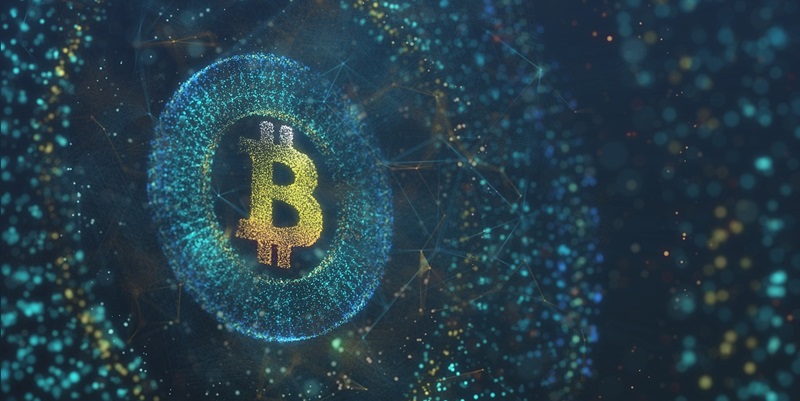The BNB Foundation recently executed its 29th quarterly burn, removing 1,772,712.363 BNB tokens from circulation, valued at approximately $1.07 billion. This significant move is part of a strategic effort aimed at increasing the scarcity and long-term value of BNB, inspired by Bitcoin’s halving events. The burn process saw these tokens sent to an unrecoverable address, ensuring they are permanently removed from circulation. Initiated after the network’s mainnet launch on April 18, 2019, this burning mechanism is designed to gradually reduce the total maximum supply of BNB to 100,000,000 tokens. Such a deflationary approach underscores the Foundation’s commitment to a robust and sustainable tokenomics model, ultimately benefiting the network and its users.
Deflationary Strategy and Impact
The BNB Foundation’s burn initiatives are primarily dictated by the token’s market value and the number of blocks generated on the BNB Smart Chain (BSC) within a specific period. During this quarter, the BNB price hovered around $576 at the time of the burn, a slight decrease from the previous event where the token was valued at approximately $594. The ongoing effort follows a similar event in July, which saw approximately 1,643,699 BNB removed from circulation, equating to a value of $971 million. Despite these considerable burns, the Foundation still needs to eliminate over 43 million BNB to achieve its target total supply of 100 million tokens.
This gradual reduction in the circulating supply is anticipated to enhance BNB’s value over time by increasing scarcity. The strategy closely mirrors Bitcoin’s periodic halving events, which have historically led to price increases due to reduced supply. As the number of BNB tokens in circulation declines, each remaining token theoretically becomes more valuable. This model incentivizes holding and using BNB, potentially increasing demand and further driving up the token’s value. The Foundation’s commitment to this deflationary strategy is evident in its regular and transparent burn events, signaling a long-term vision for BNB’s ecosystem.
Additional Mechanisms for Managing Token Supply
Beyond the quarterly burns, the BNB Foundation has implemented additional mechanisms to manage token supply effectively. One such mechanism is a real-time burn model that relies on gas fees generated by network validators. Since its inception, this innovative approach has eliminated 242,000 BNB from the supply, further contributing to the overall deflationary objective. This real-time model ensures ongoing reductions in token availability, aligned with network activity and usage. By tying burns to actual blockchain activity, the Foundation can dynamically adapt to changing conditions and optimize the impact on BNB’s circulating supply.
Another crucial initiative is the Pioneer Burn Program, launched to assist users who have lost BNB or other digital assets due to honest mistakes. This program allows for the recovery of lost tokens, which are then compensated through the regular quarterly burns. This approach not only helps users regain their assets but also maintains the integrity of the overall supply reduction strategy. The combined effect of these mechanisms reflects a nuanced and strategic approach to managing BNB’s tokenomics, ensuring that both immediate and long-term goals are met. Collectively, these efforts enhance the value proposition of BNB by maintaining a deflationary trajectory and fostering a sustainable ecosystem for all participants.
Long-Term Value and Sustainability
The BNB Foundation has successfully completed its 29th quarterly token burn, eliminating 1,772,712.363 BNB tokens from circulation, an amount valued at around $1.07 billion. This crucial action is part of a strategic initiative to increase the scarcity and long-term worth of BNB, inspired by Bitcoin’s halving events. The process involved sending these tokens to an unrecoverable address, guaranteeing their permanent removal from the market. Launched after the network’s mainnet debut on April 18, 2019, this burning mechanism aims to incrementally lower the total maximum supply of BNB to 100,000,000 tokens. This deflationary model highlights the Foundation’s dedication to creating a robust and sustainable economic environment for the token. Ultimately, this strategy is expected to benefit both the network and its users, ensuring a balanced and thriving ecosystem for all stakeholders involved.

